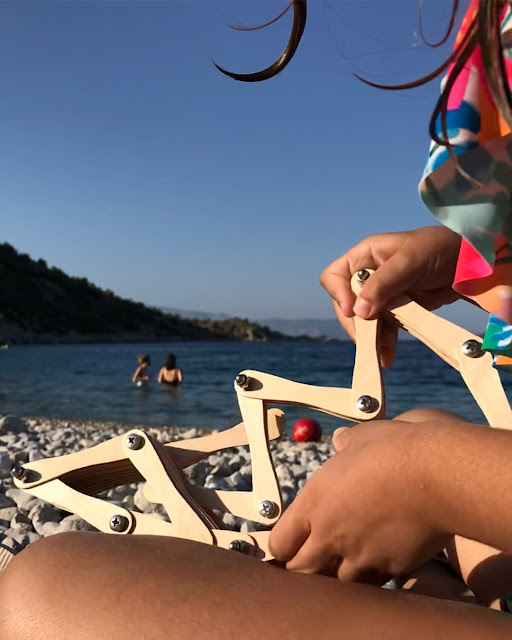What's behind the resurgence of wooden toys in the screen age? First, they are sturdy enough to be passed on for generations. Second, they never go out of style. Most wooden playthings also enhance the creativity and imagination of kids and help them with numeracy, literacy, motor skills and problem solving. They are also biodegradable and some are made from sustainable timber. Last but not the least, there are lots of quality wooden toys on the market that won't leave a hole in your wallet—like this unique piece of artwork from Greek design studio Matolaki.
This beautifully-crafted push-pull toy is guaranteed plastic free, doesn't need batteries and run on pure imagination. In the box you'll find a nice hand-printed cotton pouch, tied to a plan-card of a few animal toy models. Recommended for children ages 3 and up. You can get them for about $63 on Etsy.


Comments
Post a Comment